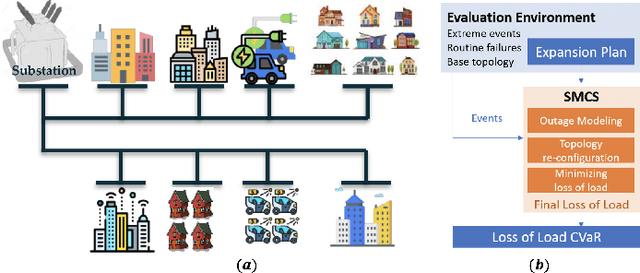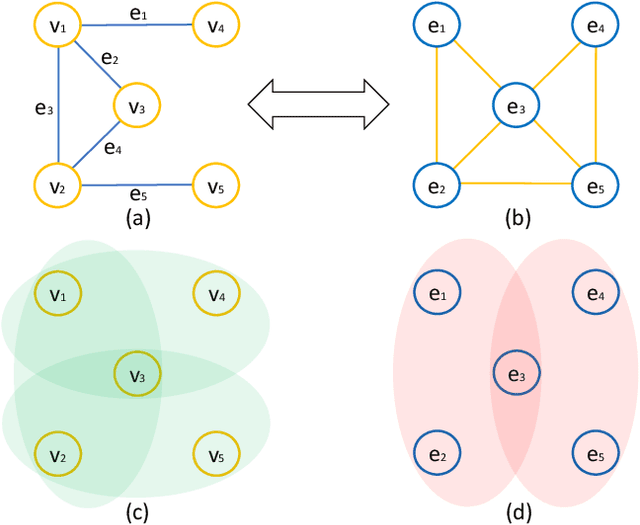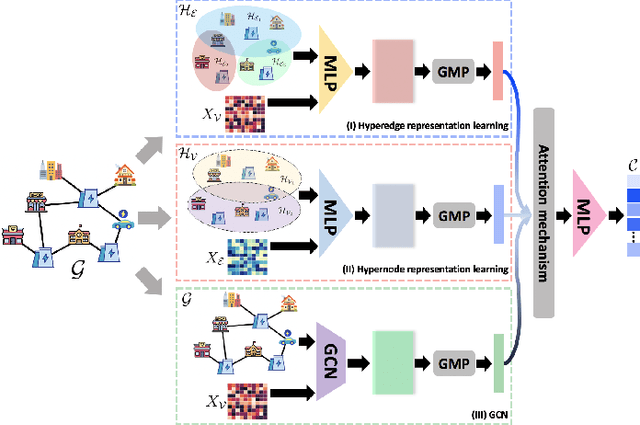Miguel Heleno
Selecting Critical Scenarios of DER Adoption in Distribution Grids Using Bayesian Optimization
Jan 23, 2025



Abstract:We develop a new methodology to select scenarios of DER adoption most critical for distribution grids. Anticipating risks of future voltage and line flow violations due to additional PV adopters is central for utility investment planning but continues to rely on deterministic or ad hoc scenario selection. We propose a highly efficient search framework based on multi-objective Bayesian Optimization. We treat underlying grid stress metrics as computationally expensive black-box functions, approximated via Gaussian Process surrogates and design an acquisition function based on probability of scenarios being Pareto-critical across a collection of line- and bus-based violation objectives. Our approach provides a statistical guarantee and offers an order of magnitude speed-up relative to a conservative exhaustive search. Case studies on realistic feeders with 200-400 buses demonstrate the effectiveness and accuracy of our approach.
Evaluating Distribution System Reliability with Hyperstructures Graph Convolutional Nets
Nov 14, 2022



Abstract:Nowadays, it is broadly recognized in the power system community that to meet the ever expanding energy sector's needs, it is no longer possible to rely solely on physics-based models and that reliable, timely and sustainable operation of energy systems is impossible without systematic integration of artificial intelligence (AI) tools. Nevertheless, the adoption of AI in power systems is still limited, while integration of AI particularly into distribution grid investment planning is still an uncharted territory. We make the first step forward to bridge this gap by showing how graph convolutional networks coupled with the hyperstructures representation learning framework can be employed for accurate, reliable, and computationally efficient distribution grid planning with resilience objectives. We further propose a Hyperstructures Graph Convolutional Neural Networks (Hyper-GCNNs) to capture hidden higher order representations of distribution networks with attention mechanism. Our numerical experiments show that the proposed Hyper-GCNNs approach yields substantial gains in computational efficiency compared to the prevailing methodology in distribution grid planning and also noticeably outperforms seven state-of-the-art models from deep learning (DL) community.
 Add to Chrome
Add to Chrome Add to Firefox
Add to Firefox Add to Edge
Add to Edge